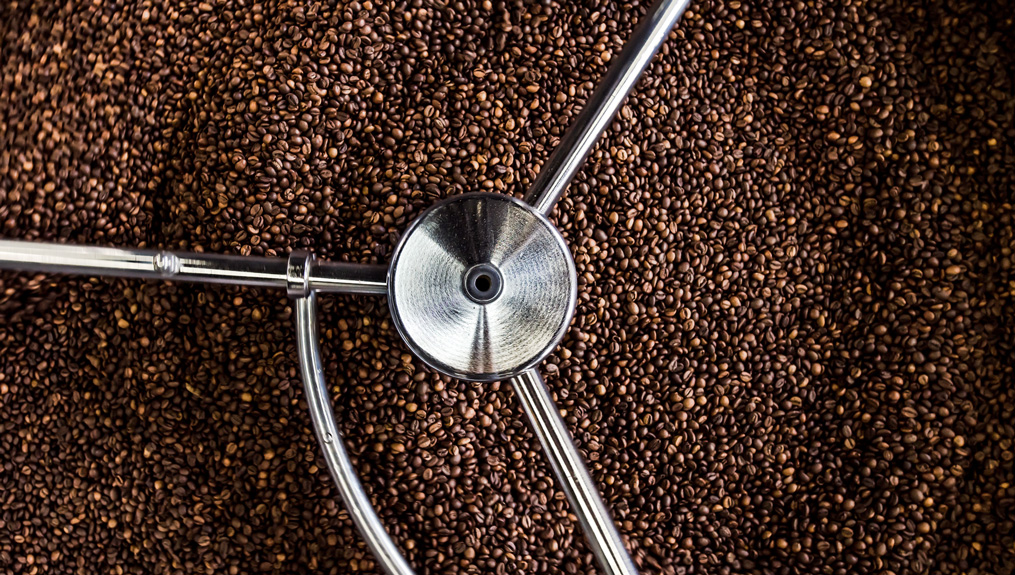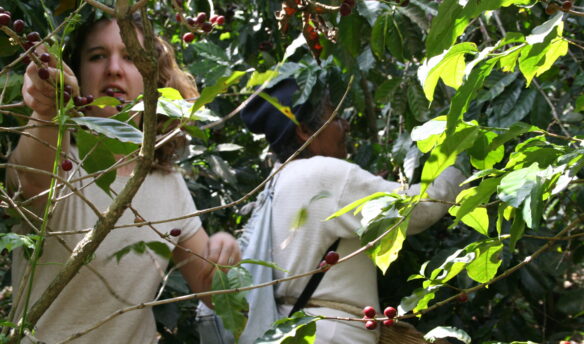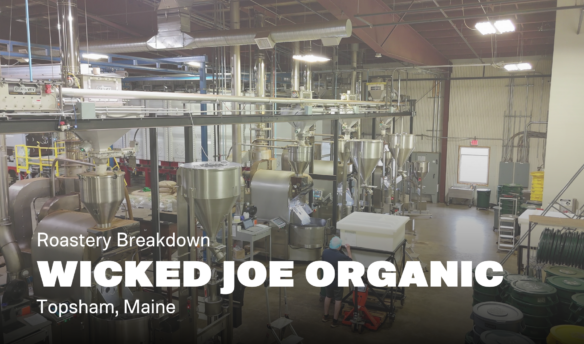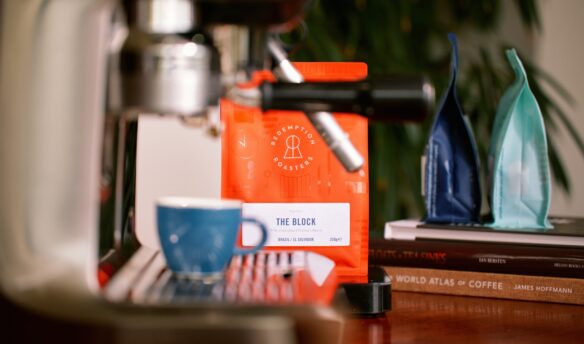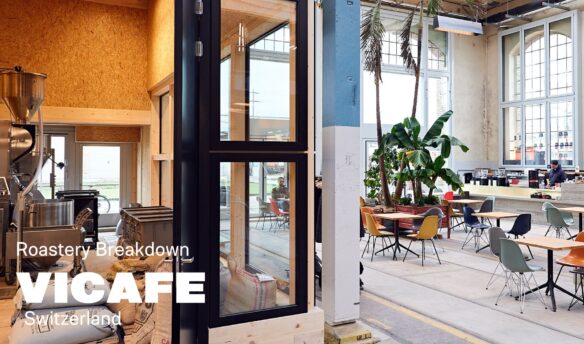Each coffee roaster has a unique approach shaped by the machine they use and their intuition.
“Coffee roasting is all about getting the best out of the beans you’re working with,” says Matthew Hitcham, the owner and head roaster of Eighty Seven Plus Coffee in the United Kingdom. “You’re never going to add flavor to a bean that doesn’t have the potential, but you can easily ruin it in just a matter of seconds.”
During a process where seconds matter, control is essential. Professional roasters have been able to hone their instincts for smell and timing, but technological advancements have enhanced precision and repeatability in roasting.
Combining Art and Technology
The coffee industry has come a long way from roasting beans over an open fire. Roasting evolved to the point that coffee could be roasted on an industrial scale, resulting in a widely available product. Today, roasting is considered an art, emphasizing batch quality over sheer size. Roasting companies and coffee shops invest in equipment, some brand new to the market or others, like the Probat roasters, which have been around for decades and are often available refurbished.
Whichever machine a company selects, automation plays an increasing role in roasting. Software connected to roasting machines can help users dig deep into the process and apply precise temperature and timing to their particular approaches.
“If you can’t measure it, you can’t improve it,” says Tiffany Lopez of Barista Lab. “Technology allows you to see what is going on in the roasting process. You know exactly what happened, at exactly what time, and why it happened. It allows you to dissect [the process] and figure out how to make it better.”
Roasters like Joel Gargaro, owner of Rock Creek Coffee Roasters in Billings, Montana, and Okon Udosenata, owner of Equiano Coffee in Eugene, Oregon, still rely heavily on intuition while roasting.
“My approach is to follow where the beans lead me,” says Gargaro. “You experiment with coffees in the beginning and narrow it down to what works really well.”
He roasts on a Diedrich IR-12, and over the years, Gargaro has gained a feel for when his batches are done. His roaster also has automation capabilities, and Gargaro is in the process of upgrading his roaster’s automation capabilities with a new system from Diedrich. “Technology allows us to get more granular and consistent,” he says. “Each iteration gets a little bit better and more refined.”
Udosenata has been in the coffee business for about 15 years and primarily roasts by smell and sound. He roasts on a 15-kilogram Ozturkbay, but he is considering a new roaster with more technological capabilities. He doesn’t see this as abandoning his intuitive approach but as a way to blend old and new-school styles of roasting.
“Right now, I am roasting with a more intuitive, analog approach,” he says. “I want to get a different roaster; I want a little more control.”
Exciting Developments
Automation isn’t the only exciting technology at play in the roasting field. Hitcham is intrigued by increasing portability.
“I am happy to see lots of new and interesting sample roasters becoming available. Portable machines such as the IKAWA make it much easier to test different roast techniques in micro-batches and provide so much data to analyze,” he says. “Being able to take these with you on the road means you can sample coffees literally on the farm.”
Smoke-free roasters are also influencing the coffee industry, offering roasting companies and cafés a more environmentally friendly option.
Roasting is also becoming more accessible. People interested in adding roasting to their café business can learn how from their peers, industry events, and online resources. Plus, they can cut their teeth on roasting equipment designed for beginners.
“I expect to see even more coffee shop owners roast their beans, as it will likely increase their profitability in the long run,” says Hitcham. That accessibility also extends outside coffee shops to people who are just starting to become interested in the industry.
“I think before, you had to get to know a roaster, almost like an apprenticeship,” says Udosenata. “Now, anybody can attend specialty coffee conventions or take online classes to learn beginning roaster techniques. It is pretty accessible for people who are excited about roasting and want to pursue it as a career.”
Balancing Precision and Creativity
The level of control a machine gives the person roasting is directly correlated with how creative roasters can get.
“There is no wrong answer. Everybody gets to the same place, but they get there differently,” says Cheryl Guildner of Ponderosa Roasting Maintenance and Manufacturing. “It shows in the cup. We wanted the roaster [to] be able to drive the machine in any way they want.”
Cheryl and her husband Boyd build roasters: Boyd has a background in repairing and maintaining roasters, while Cheryl comes from the world of IT. Over the years, they have developed two different roasting platforms that emphasize roaster control and precision.
Ponderosa Roasting Maintenance and Manufacturing builds roasting platforms emphasizing roaster control and precision.
“When we came to the table the first time, we realized the machine can’t be the limitation,” says Cheryl Guildner. “You have to let the machine do what the roasters need to do to get that perfect cup in their mind.”
Their roasters are designed to allow roasters to home in on the minutiae of the process.
“We believe that drum speed and airflow are as critical as burner,” says Boyd Guildner. “All three variables are critical to the roast and can change the characteristics of the coffee.”
Ponderosa machines also come with data logging capabilities, allowing users to track every roast they do on the platform. Users also have the option to integrate other software programs into the roaster. The two platforms the Guildners have developed each took years to perfect, but they are hardly finished. “I can’t fall asleep at night because my brain is always thinking about what is next,” says Boyd Guildner.
But while technology and automation promise more precision, is there still room for creativity in roasting? “I think there will always be people who like to measure and like to perfect things. Then there will always be the other side. You have the roasters who still do the open roasting, do it by touch and feel,” says Lopez. “Coffee is so diverse; there is a place for everyone.”
From more intimate control of the process to more environmentally friendly options, the landscape for coffee roasting is only growing. Roasters will continue to have more access to technology, which they can integrate into their approach.
Cover photo by Vladimir Proskurovskiy. This article was originally published on September 30, 2020, and has been updated to meet Fresh Cup’s current editorial standards.


